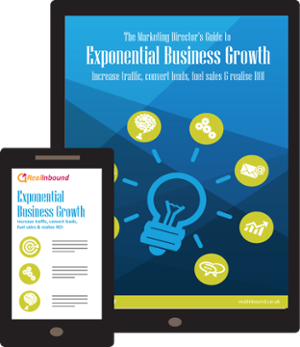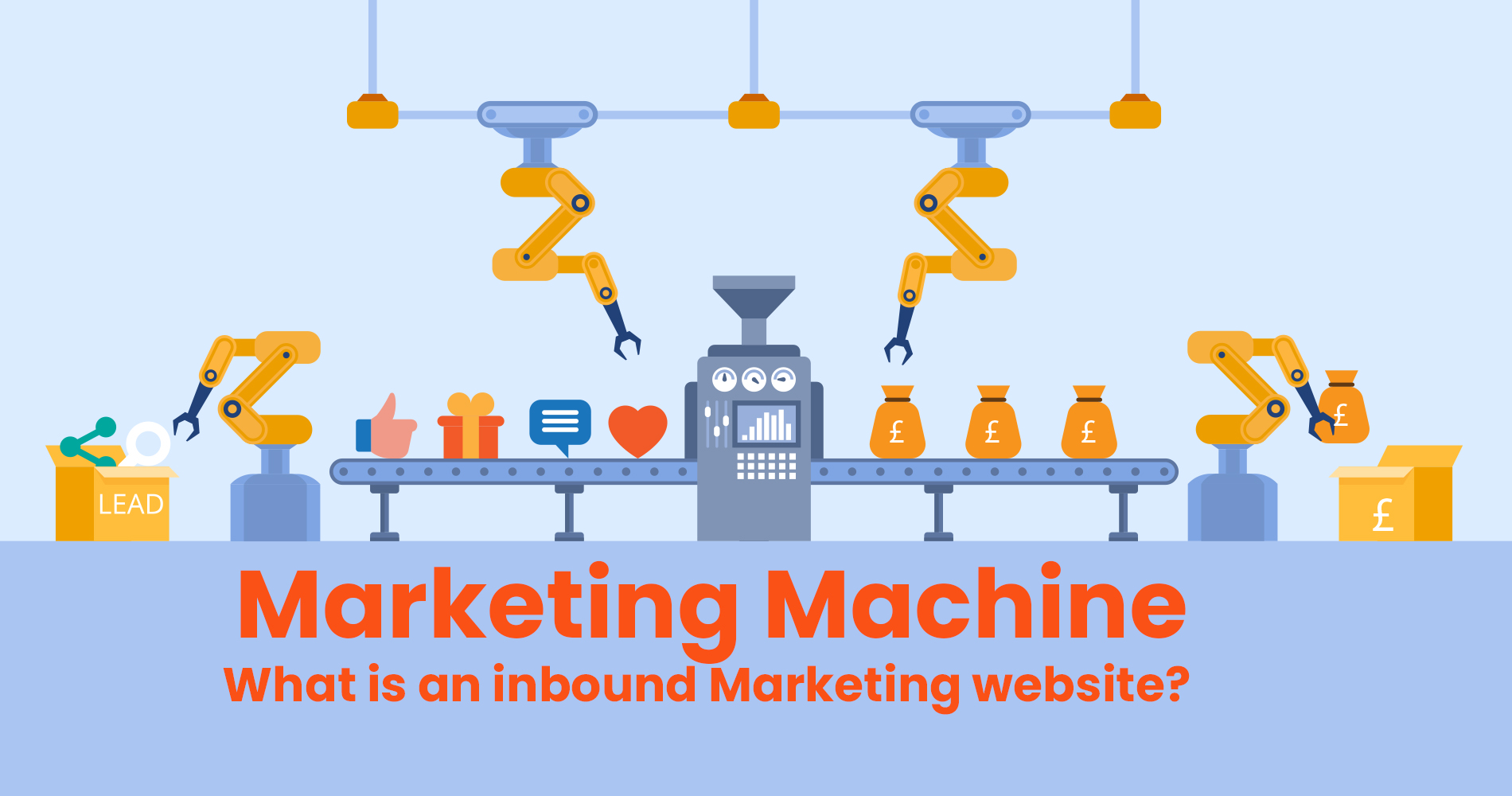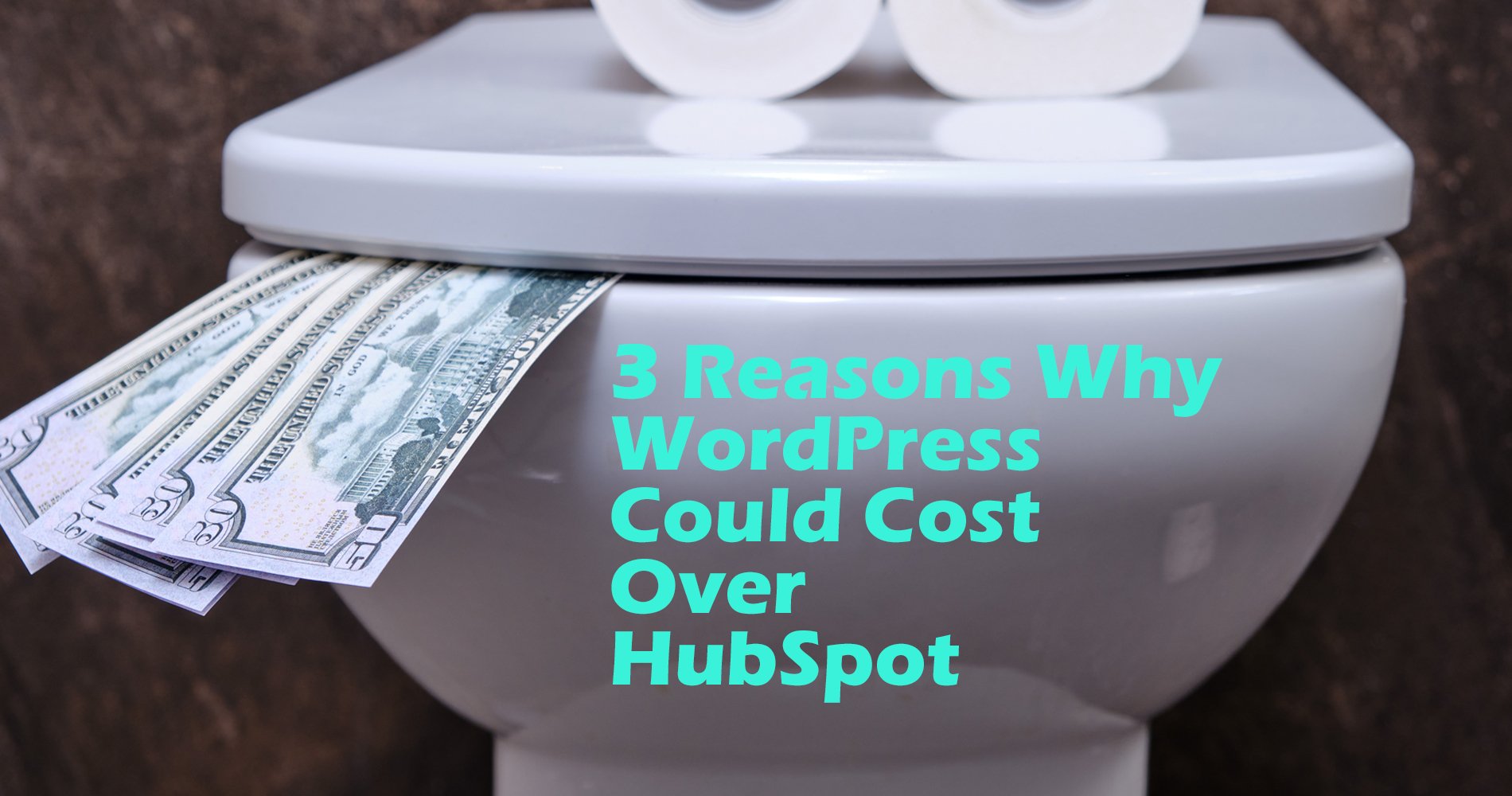According to data collected about a year ago by The Pew Research Centre, the average person spends nearly five hours on their mobile phones every day. In that period, people generate a sizable amount of data through the digital interactions they have with others ranging from staring at their Facebook newsfeeds to sending and reading text messages between friends (and even more so: in apps). With this heightened level of interaction taking place mostly because of smartphones, it's no wonder why such a recent study found that smartphone users will spend more than 150 gigabytes worth of mobile data per day come 2022! Marketers can learn how to utilise this information to form strategies based on where and how high people are engaging with certain brands or products through the many smart devices we carry around with us nowadays for easy access - it's truly a marketer's dream!
As a marketer, sometimes it can seem like there's an overwhelming amount of strategies and tactics to choose from when trying to determine out which ones will best help you deliver value to your customers. It's easy for marketers to just say, "There's too much information!" We know that it can be frustrating at times figuring out where to start with all this data coming from so many different directions such as social media customer reviews or even competitor companies' ad campaigns.
However, Compiling the data necessary to understand a problem is one of the first steps toward finding a solution. Steps should include both data consolidation and analysis. For marketers that want to stay competitive in today’s market, the first step toward actionable insights is consolidating the information they already have and identifying which data is missing.
What is Data Consolidation?
A data consolidation solution integrates data from disparate sources across your organisation, cleans it up, and stores it in a single location, such as a cloud data warehouse. Data consolidation enables you to identify trends, which, in turn, allows you to make better decisions, manage staff more easily, and reduce costs.
Having familiarised yourself with the basics of Data consolidation, the question arises:
Why would you want to consolidate your organisation's data? The answer to that question depends on what you're looking to get from the consolidation. For example, you want to increase user adoption of new products, or maybe you're looking to better integrate your operations across multiple units. Each of these reasons is different, but the process remains the same. Data consolidation is the process of moving all your data from disparate sources throughout your organisation into a single consolidated database.
There are several advantages associated with data consolidation. First, it makes it easier for your organisation to gain insight into your data because there will be only one place to look for all the data. In addition, it makes it easier to share data across your organisation, especially with business partners that may need to access your data. Finally, you can save money on data storage costs by consolidating the storage of data. Data consolidation is a valuable practice that any company can benefit from.
Following the consolidation of your data, it's time for Data analysis.
What is Data Analysis?
Data analysis is the process of analysing information to synthesise it and come up with something useful. Data analysis lets those who collect it, dig deep for what is hidden in the numbers. Data analysts can help improve your way of doing business by helping you get better insights on your marketing or sales campaigns, for example.
Data analysis is particularly useful for decision-making. If you need more information to help you make better decisions, it can provide it. If a theory isn't fully developed and the data is available, it could expand what we know.
Data analysis enables managers to interpret information and recognise key points of interest. It also helps business owners develop important insights regarding what customers want or need to be based on their demographic and behavioural information collected during the customer research phase of their marketing plan. Data analysis can tell you what methods will be effective in providing your customers with the satisfaction that they desire.
This analysis gives you a better understanding of your audience so that you can get them involved at different points throughout the conversion process.
What is conversion optimisation?
Conversion optimisation, or conversion rate optimisation, is the process of strategically turning your website's design and basic elements such as imagery and text into something more visually appealing to the eye. Because images are so important in marketing - having a professional analyse basic aesthetics is key to improving conversion rates initially; but once you have tapped into what works best for your clients, implementing new strategies with additional channels can help nudge prospective customers towards becoming actual repeat customers. By creating specific layers that can be customised and/or manipulated through different campaigns that target only certain groups at a time helps businesses to focus on core audience members who may otherwise remain targeted by other campaigns that are already working well.
How does Conversion Optimisation work?
Conversion optimisation consists of four steps.
1. Data consolidation and analysis
Determine which data will help you reach your goals. There's a lot of data out there, so you have to look for the best among it by filtering out the noise.
2. Find out what conversion(s) your company values most.
Before starting to solve for the elements, identify the most important ones. It can be registration information, downloads, newsletter subscriptions, etc. Make sure you are thorough and accurate in completing this step, often overlooked but very important for ROI.
3. Conduct A/B testing using the data.
It's here where we meet our match. You can sort your data into the conversions you wish to support, and test based on that. Machine learning and advanced analytics can help you with this stage.
4. Iterate on your design to make it better.
Continuously responding to changes in your target users' behaviours and your data is essential to optimisation.
Lastly,
To maximise revenue, marketers should process data carefully. At this stage, the important things to take into consideration are consolidation and analysis of the information. You want to make sure your customers are getting the best possible experience while interacting with your brand in some shape or form.
It can only help if you have complete control over that experience, which is why it is always useful when you have a clear picture of what exactly your customers are like so that you can cater to their preferences and needs. If you don't have much information, then it's time for small-scale tests within your own company so that you can make informed decisions about how to move forward effectively.
The ultimate goal should be making conversions as high as possible - that means indexing the highest number of leads and foremost spending less on paying them because, they are all investments meant to bring returns down the line somewhere down the road once the word has spread about how awesome a specific feature or service truly is.






